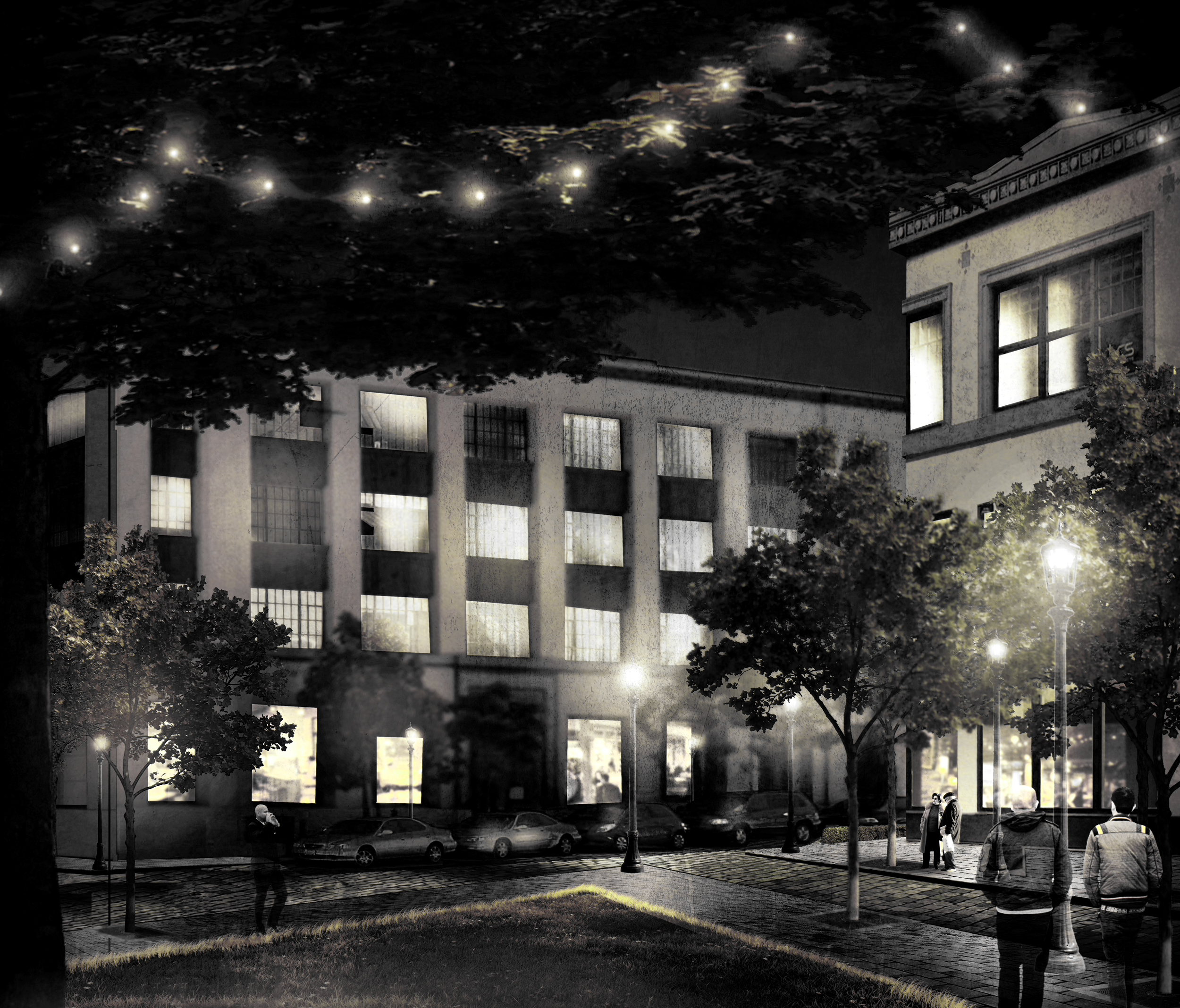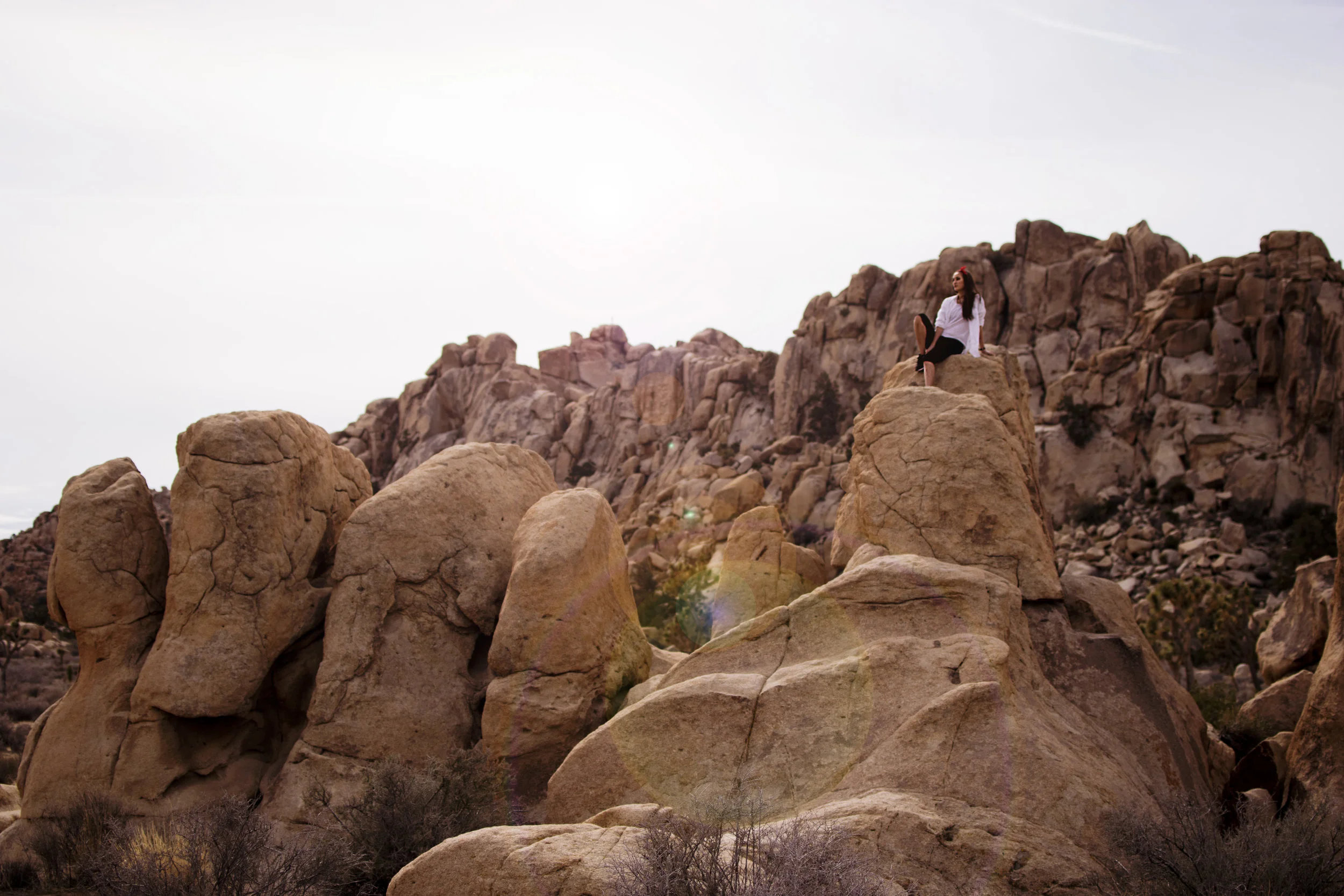Repairing The Earth - Undergraduate Thesis

On The Right Tracks
“India is, the cradle of the human race, the birthplace of human speech, the mother of history, the grandmother of legend, and the great grand mother of tradition.”
Building within the already dense built area of New Delhi, India without displacing huge populations, destroying the cultural richness of the area, or taking over the only green spaces within the city is a daunting challenging.
However, miles of unnoticed and under-used space run all throughout the city:
The Railway Tracks.
This project explores the potential of re-envisioning this existing piece of infrastructure to create gateways and stations that provide services that support the local population.
Delhi Railway + Najafgarh Drain Intervention
Delhi Railway Map - Potential Gateways and Central Station
The railway in Delhi was first established in 1864 by the British Indian Government in Chandni Chowk. Currently it divides and isolate parts of the city. This is a major obstacle - especially for the poor inhabitants of Delhi. Many live anywhere there is space for them, which often means at the outskirts of cities. These people travel daily across the city on foot to get to work and are often forced several kilometers out of there way in order to bridge the tracks.
52% of Delhi’s water is sourced from the Yamuna river. Wazirabad Barrage diverts at times the entire river to filter water for Delhi’s domestic population. Yet during the summer, the water available is still not adequate to fulfill the supply demand of Delhi’s ever growing population. According to India’s Ministry of Urban Development, about 70% of Delhi’s residents receive only three hours of running water per day.
Delhi’s access to water is limited. But cities south of Delhi that also rely on the Yamuna river as a primary water source are in danger. The water that flows back into the river from the city is toxic and contributes to 79% of the total pollution of the river. The Najafgarh drain that flows into the Yamuna is responsible for the majority of this, dumping 2,000 million liters of waste water per day (MLD). About 30% of this water is filtered through treatment systems along the drain basin. However once it rejoins the 1400MLD of polluted water, the treated water becomes moot anyway.
This project sought to treat, filter, and store the water from the Najafgarh drain as it flows through the city and allow it to recirculate within the city to use as an additional source of water as well as to prevent toxic water from entering the Yamuna river.









